According to the Vietnam Association of Seafood Exporters and Producers (VASEP), in January 2025, Vietnam's total seafood export turnover reached 774.3 million USD, up 3.3% over the same period in 2024. This is a positive result compared to the same period in 2024, when the Lunar New Year fell at the end of January, significantly affecting export results.
Shrimp prices recover, tra fish exports face challenges
According to VASEP, shrimp continued to be the item with the strongest growth in January 2025, with an export value of 300 million USD, accounting for 39% of total seafood export turnover.
Reports from Rabobank show that the global shrimp industry is in a rebalancing phase as producing countries slow down production growth to narrow the supply-demand gap. This is expected to help shrimp prices gradually recover in the first half of 2025, especially as demand from markets such as the US and EU improves.
However, according to Ms. Le Hang, Communications Director of VASEP, the Chinese market, one of the major partners of Vietnamese shrimp, is facing a decline in consumption demand. Changes in spending habits of the middle class, along with increased income pressure, have led to a decline in white shrimp consumption, especially in big cities. Competition from cheaper seafood products and the preference for other food items may affect shrimp exports to China in the coming months.
Meanwhile, Vietnam’s pangasius continued to face difficulties in the first month of 2025, despite strong growth in prices due to limited supply. Although demand from markets such as China and the EU remains stable, the shortage of fingerlings and fluctuations in international tariffs, especially anti-dumping policies, could negatively affect the growth potential of pangasius exports this year.
Limited pangasius supply, combined with fluctuations in export markets, could lead to an increase in export value in the short term. However, raw material shortages and changes in tariff policies could create a difficult environment for the pangasius industry in the coming period.
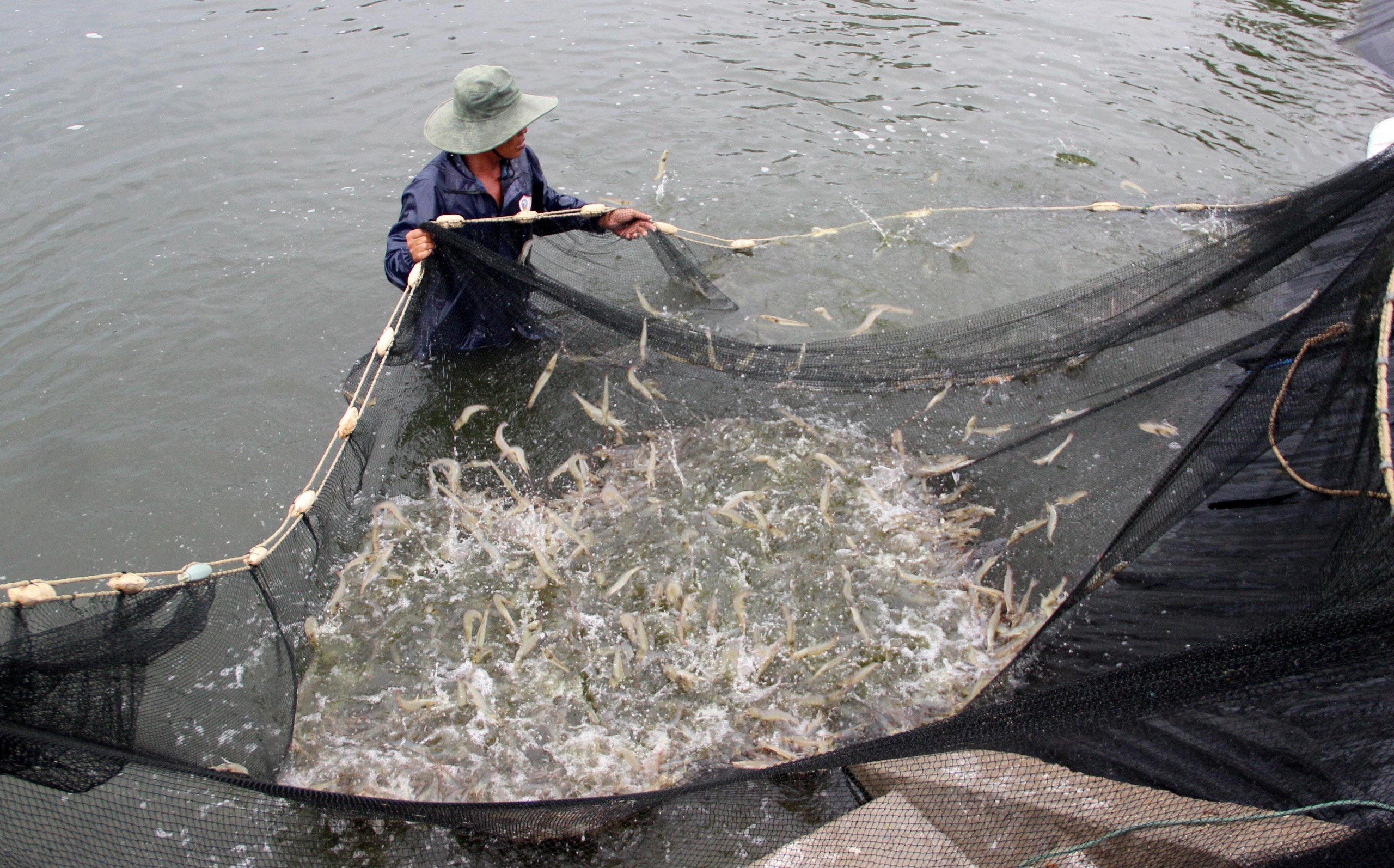
Shrimp exports grew the most strongly in January 2025. In photo: Nghe An farmers harvest shrimp. Photo: Nghe An Newspaper.
Similar to pangasius, Vietnam's tuna industry faced a decline in exports in January 2025, with a decrease of 17.7%. However, with the steady growth of demand for tuna products in markets such as the US and EU, VASEP experts said that the tuna industry is expected to have a chance to recover in 2025. The biggest opportunity comes from changes in tariff policies of major markets, especially the US, where tariff measures can help Vietnam's tuna products become more competitive compared to other imported products.
However, the tuna industry still has many problems that need to be resolved to create motivation for further development. For fishermen, how can they, in addition to complying with legal regulations including IUU, have the motivation to increase marine exploitation and reinvest to go offshore? For businesses, it is necessary to continue reviewing and improving the process/procedures for issuing S/C and C/C certificates to resolve the problems that have arisen in the past... In addition, the tuna industry needs to focus on developing a sustainable production model and expanding the market through improving product quality and cooperating with other countries to exploit the sea effectively.
In 2025, seafood exports will fluctuate.
According to experts from VASEP, Vietnam's export markets recorded a large difference in consumption trends. While the Chinese and Hong Kong markets grew strongly with a growth rate of 64.9%, the US and EU markets faced difficulties with a decline of 16.0% and 17.6% respectively.
The decline in US consumption, due to President Donald Trump’s tariffs on imported seafood products, is likely to affect demand for Vietnamese seafood products, especially shrimp and salmon. However, increased demand for easy-to-prepare seafood products, such as frozen shrimp, could help to offset some of the decline in consumption of premium products.
On the other hand, the ASEAN market recorded a steady growth of 10.5%, showing that the potential from Southeast Asian countries is still a bright spot in Vietnam's seafood exports. The Middle East and other markets all saw a decline in consumption, which requires Vietnamese seafood enterprises to adjust their export strategies accordingly.
VASEP's Communications Director said that in 2025, the global seafood market is expected to experience many fluctuations, with factors such as changes in consumer habits, tariff policies and fluctuations in supply and demand affecting Vietnam's seafood exports. In particular, the decline in demand in major markets such as China and the US will pose a major challenge to products such as shrimp, pangasius and tuna.
"With increasing demand from ASEAN markets and supportive tariff policies from major countries, Vietnam's seafood industry can still maintain its growth momentum in 2025. Developing value-added products, improving product quality and expanding new export markets will be decisive factors for Vietnam's seafood industry to continue to develop sustainably in the future," said Ms. Le Hang.
Source: https://danviet.vn/bien-dong-o-thi-truong-my-trung-quoc-dang-tac-dong-den-xuat-khau-thuy-san-cua-viet-nam-nhu-the-nao-20250209120831523.htm






![[Photo] Closing of the 13th Conference of the 13th Party Central Committee](https://vphoto.vietnam.vn/thumb/1200x675/vietnam/resource/IMAGE/2025/10/08/1759893763535_ndo_br_a3-bnd-2504-jpg.webp)





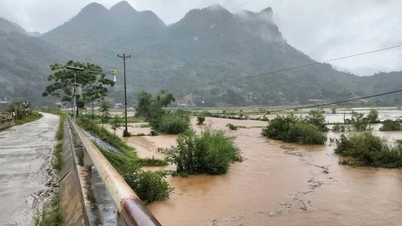

























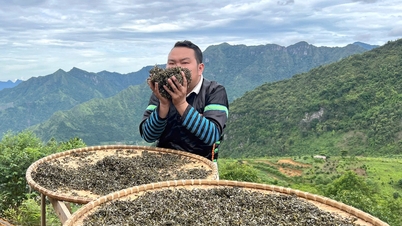



























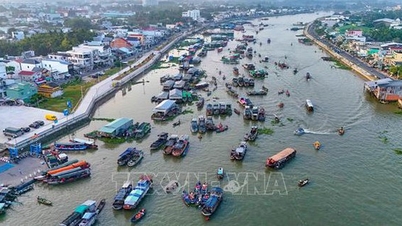



















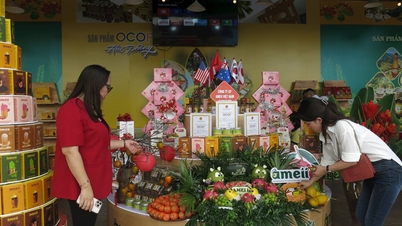






Comment (0)